Autumn is a time of change. School starts, with anxieties forgotten in the summer sun resurfacing. As the weather changes, nature itself seems to shed its skin, ready to start a new chapter of life. Rather than try to hide from the inevitability of change, these five books face it head on.
1. The Bee Sting by Paul Murray (656 pages, available at SCH)
“Epic” is a word often mischaracterized and overused in book reviews. Despite that, it is possibly the only way to summarize the sheer scope of Murray’s latest family saga. There seems to be almost no end to the family drama, whether it be teenage alcoholism, drug addiction, sexual abuse, climate change, finacial ruin, or sexuality crises that span generations.
Despite how dour this all sounds, the split narration of the book brings a fresh voice and sense of humor to the book that makes it intensely readable. Murray has a clear vision that shines through in his writing, and by narrowing his focus to a small, struggling family in rural Ireland he writes something universal.
2. The Unabridged Journals of Sylvia Plath (710 pages, available at SCH)
Sylvia Plath’s most famous novel is The Bell Jar. It is bitter, it is remorseless, it will endure as one of the finest works of the 20th century.
And yet, she was famous before that novel. Plath was an incredibly well-respected poet, who, despite her lifelong history of depression, wrote gorgeous testimonies to the beauty of life. Reading her journals, following from her college years but ending shortly before her first suicide attempt, shows just how far the intellectual depths of Sylvia Plath went. She considers almost every issue concerning a woman of her time – the physical, the metaphysical, the spiritual, the financial, with both intense grit and starry-eyed idealism. These journals lift Plath from her stereotyped persona as a suicidal poet and make it clear what a genius she was.
3. The Idiot by Elif Batuman (420 pages, not yet available at SCH)
A Pulitzer Prize finalist and national bestseller, The Idiot is a great read for students thinking about college. After all, as Harvard class of 1999 student Selin realizes, once you’re in you have to figure everything else out. And figuring out how to be a person is not a linear process.
For people who like to read slowly, this is a book that will not forget you. I first read this book in my freshman year, and evey year it shows another small witticism, another strange plot or turn of phrase. The plot itself is meandering, but so is life. This is a book to savor.
4. Kill for Love by Laura Picklesimer (318 pages, not yet available at SCH)
Fan of RushTok or Halloween? This is the book for you.
Tiffany is the perfect sorority girl, Patrick Bateman-like in her obsession with calories, looks, and the social hierarchy. When she eventually allows herself one small indulgence – in the form of murder, she finally realizes what it is to live.
A biting satire of America’s objectification of women’s bodies, Tiffany syphons all of her anger – at her sorority sisters, at their rapists, at her dead father and all too alive stepdad, at her finance bro boyfriend – into these kills. Told entirely through her narration, her arguments are so convincing you’ll pretend she’s redeemable.
5. The Whole picture: the colonial story of the art in our museums and why we need to talk about it by Alice Procter (303 pages, not yet available at SCH)
The British Museum owns over three hundred preserved heads of Maōri people, the primary indigenous culture in New Zealand. They will not return them, despite them being so upsetting to viewers and disrespectful that photos are not even allowed to be shown online.
Where is the line between appreciation and appropriation? Should we still show art with a racist history or characterizations? Where should we show it? How should it be displayed?
Alice Proctor answers all of these questions and more in her discussion of how the current art world both upholds and ignores the colonial history it came from. An international museum tour guide, Proctor takes her professional knowledge of the art world and seamlessly transfers it into a persuasive argument for an upheaval of some of the biggest art institutions in our world. Proctor’s dedication to accessibility in the art world makes The Whole Picture an easily digestible read that will leave the reader much more informed without making them feel condesended to.

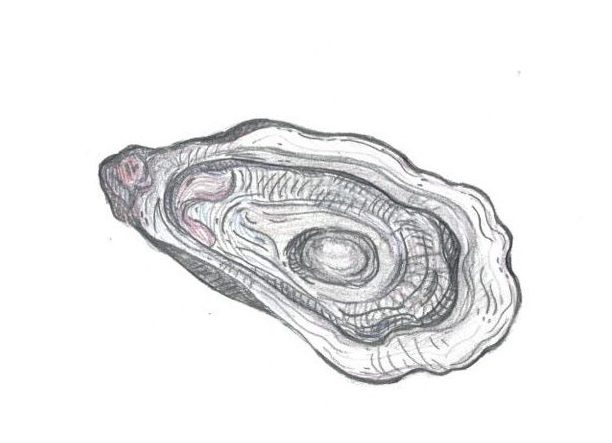


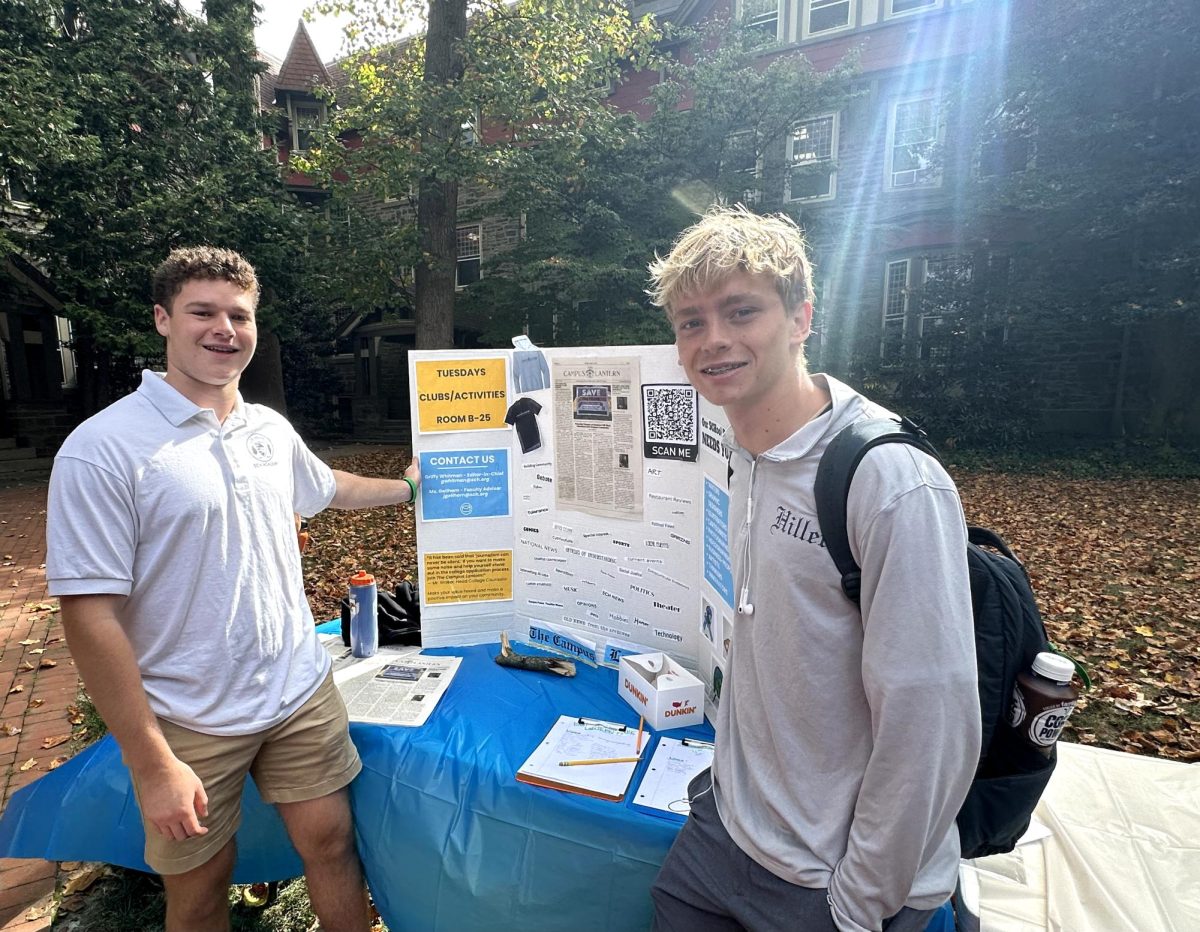

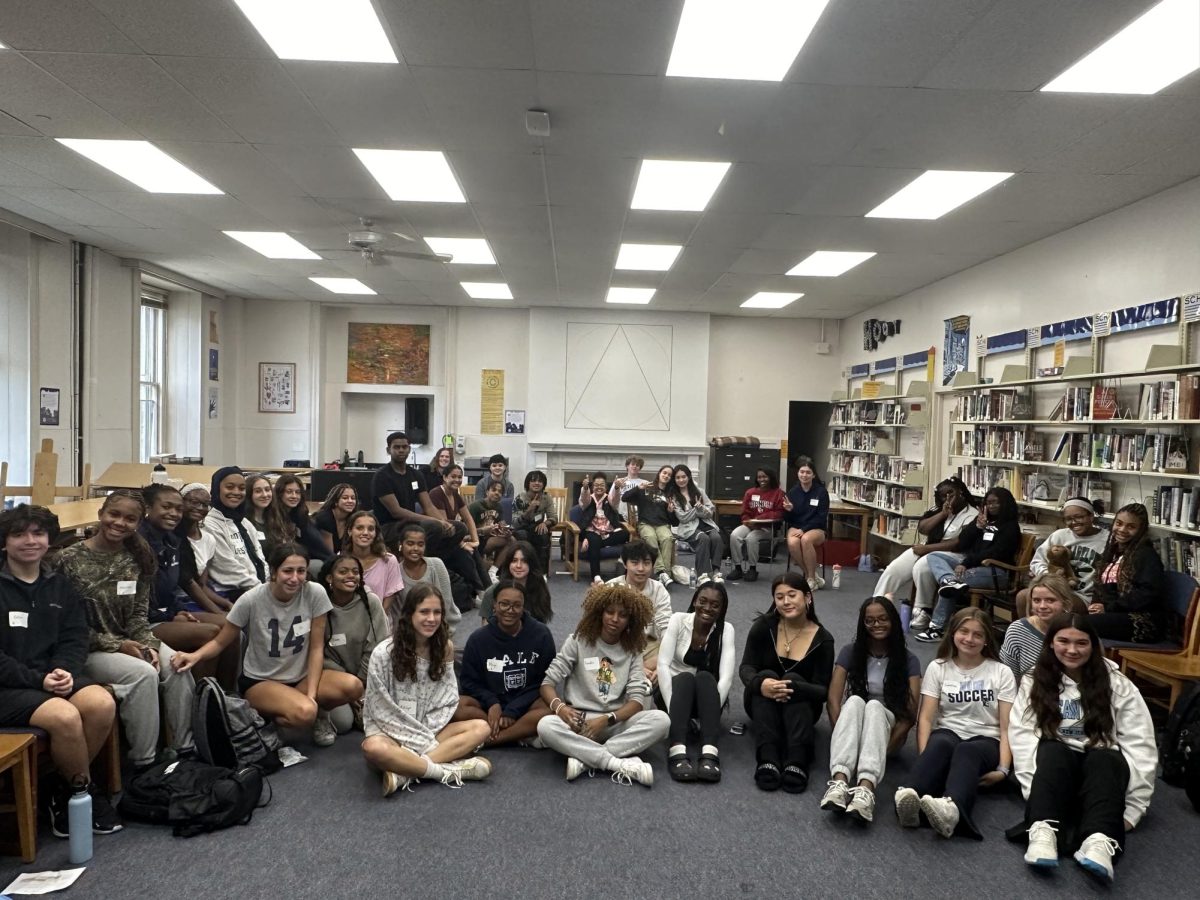
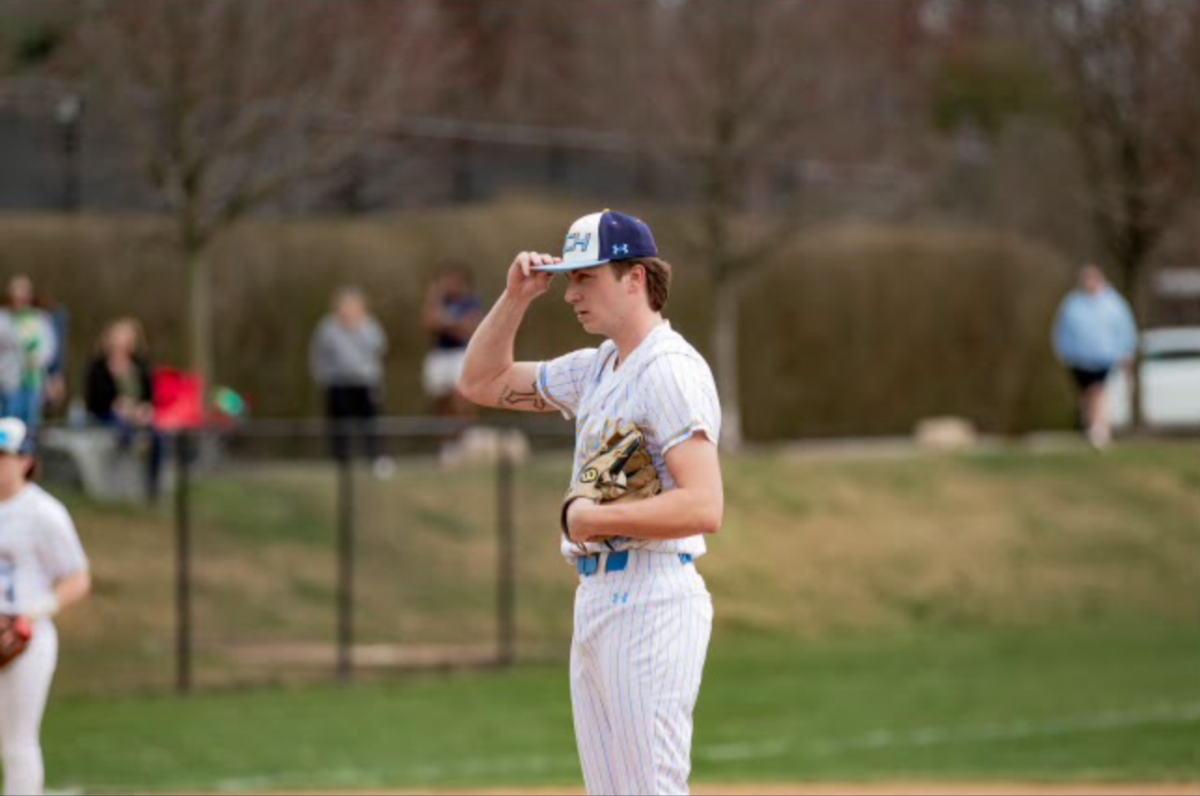
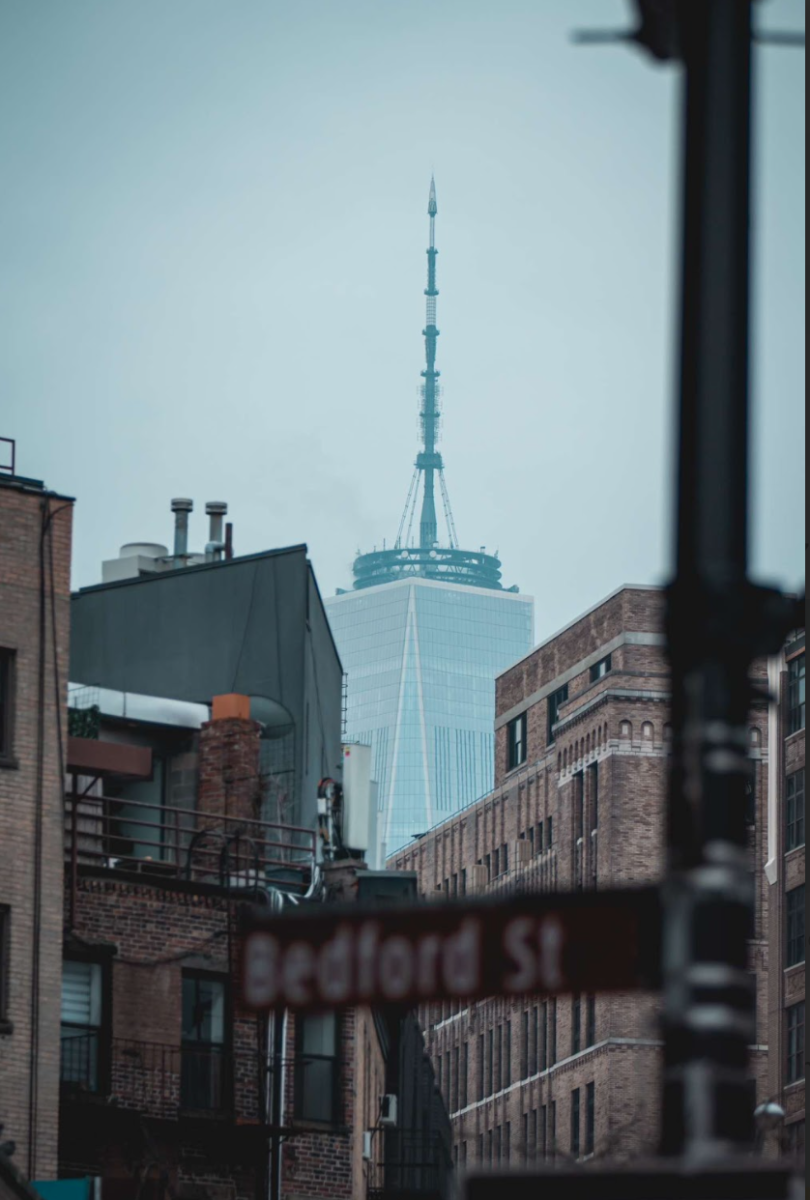

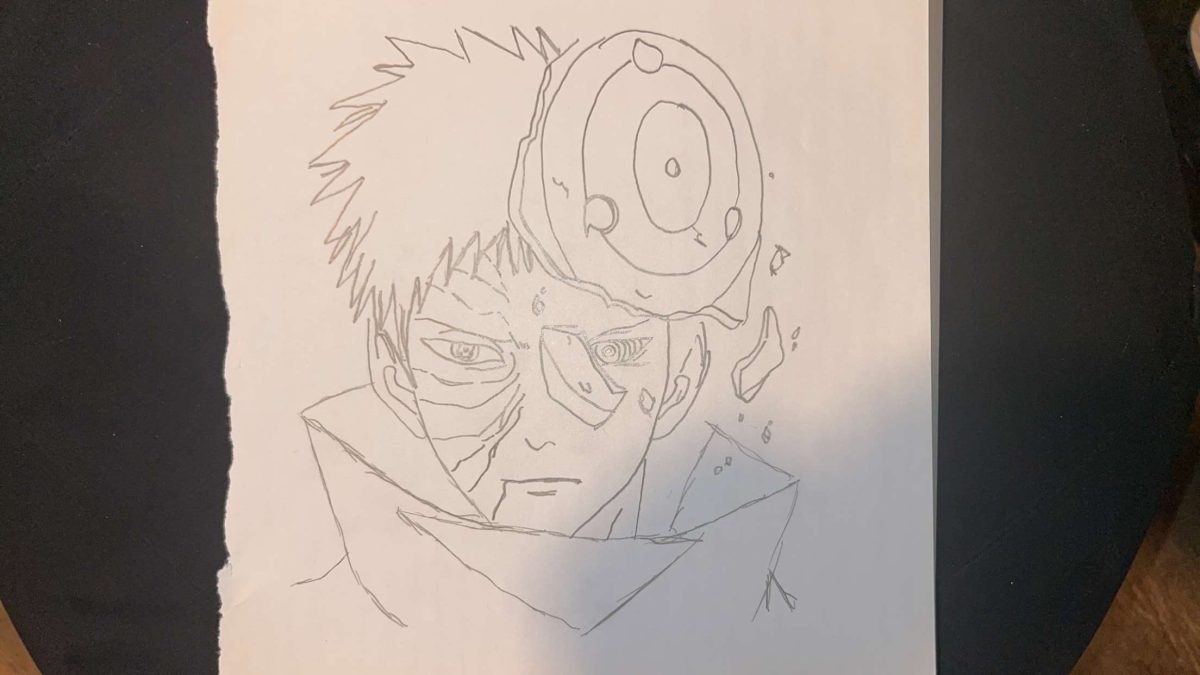

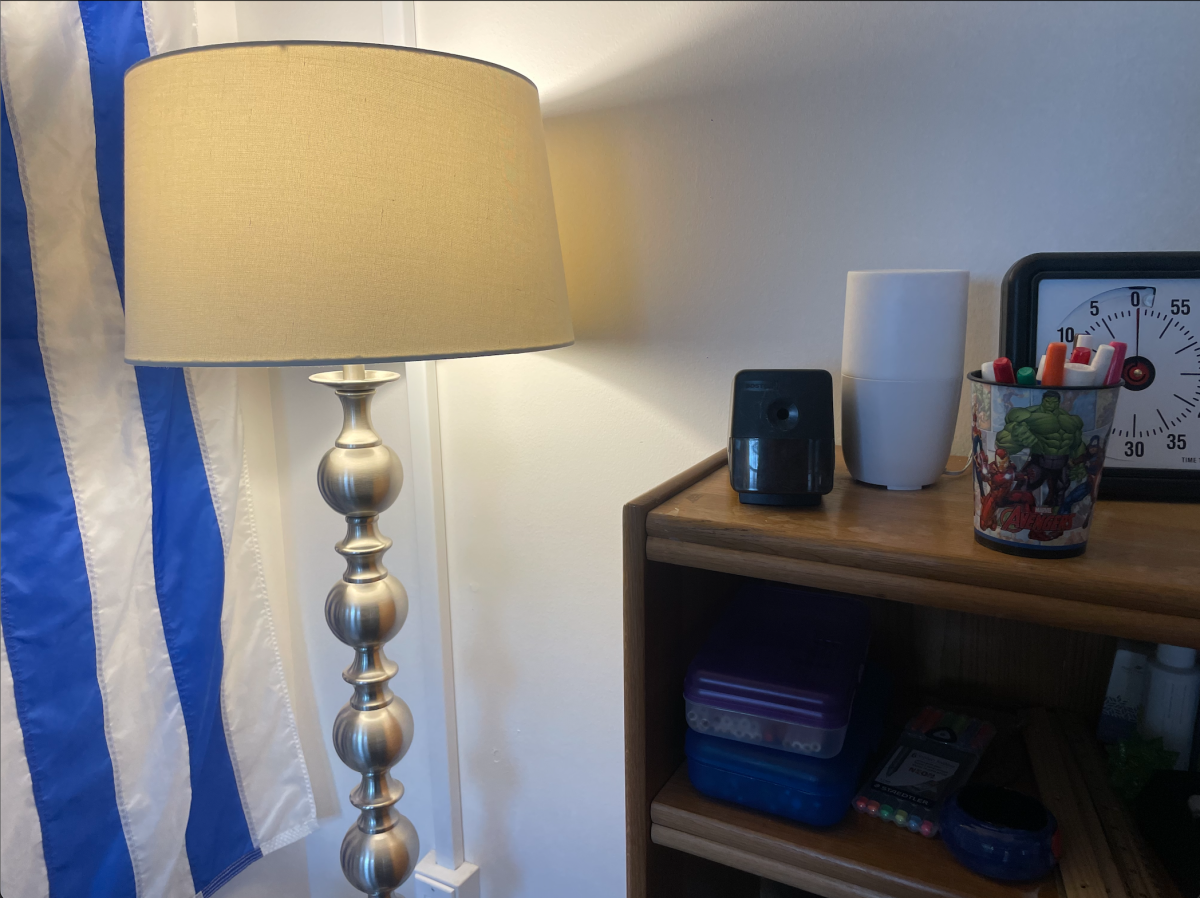
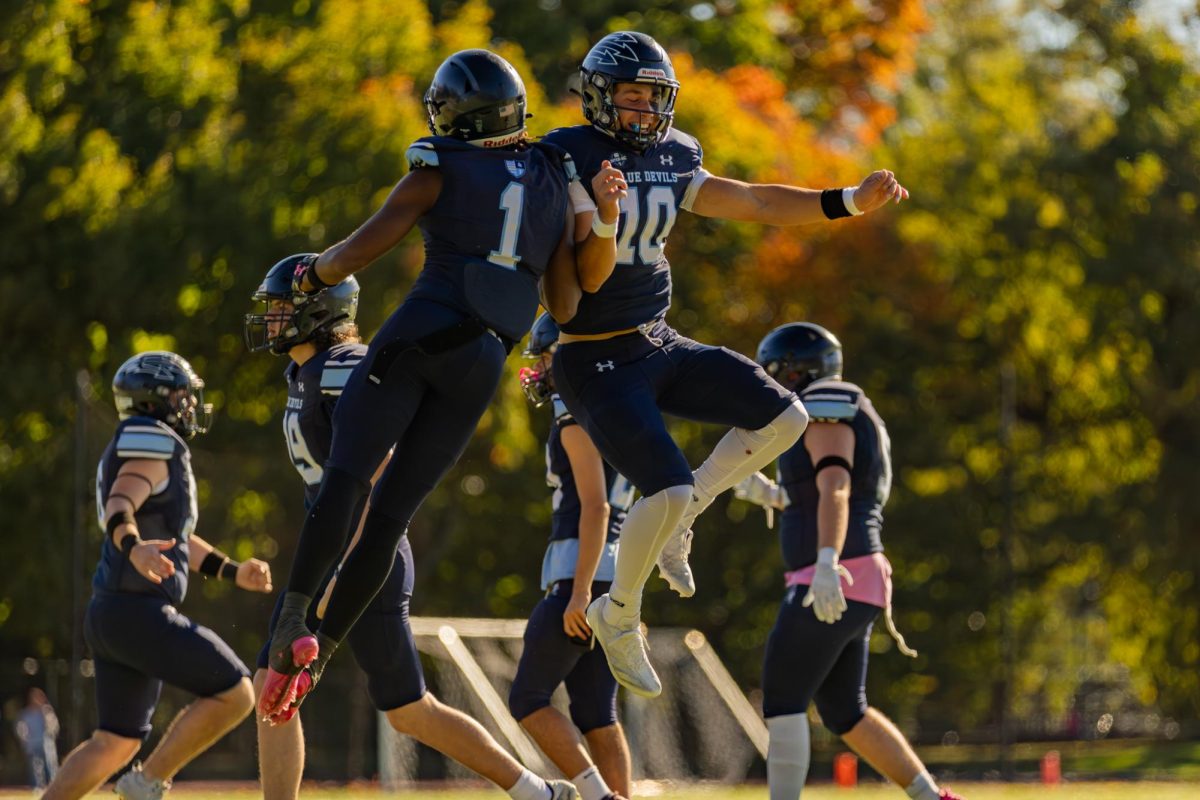
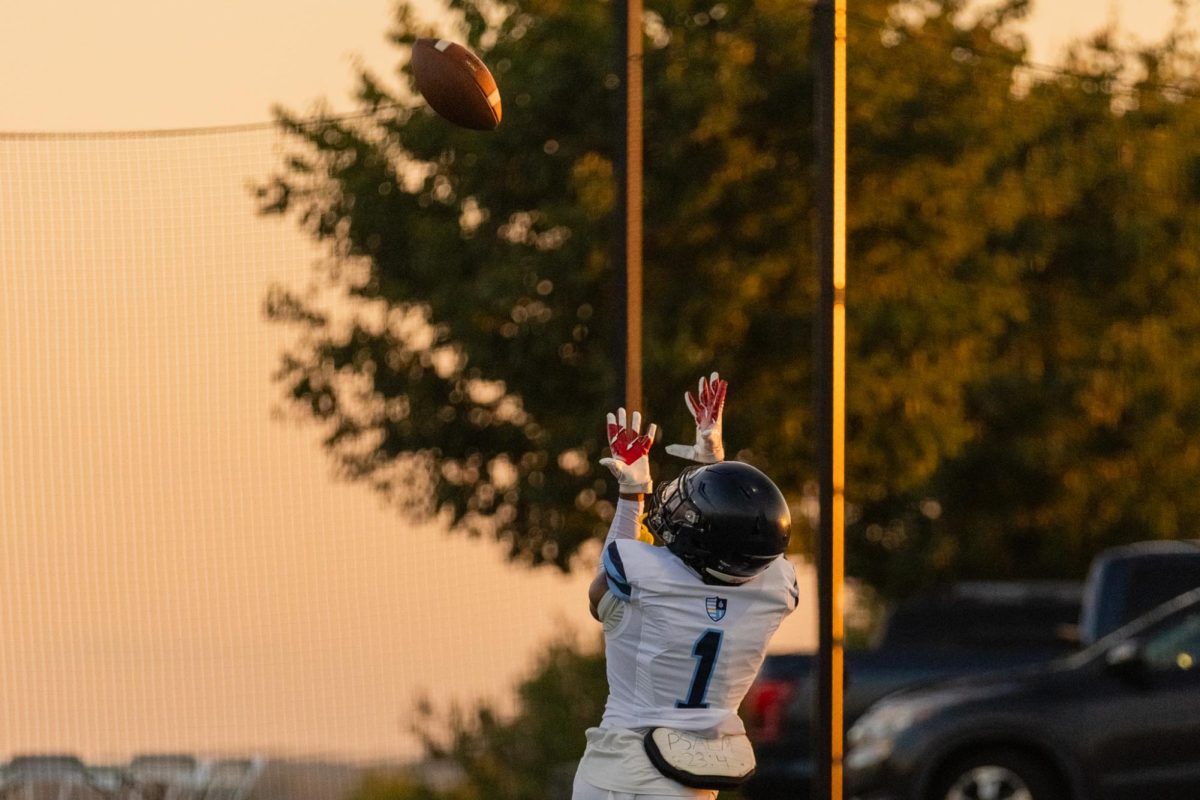
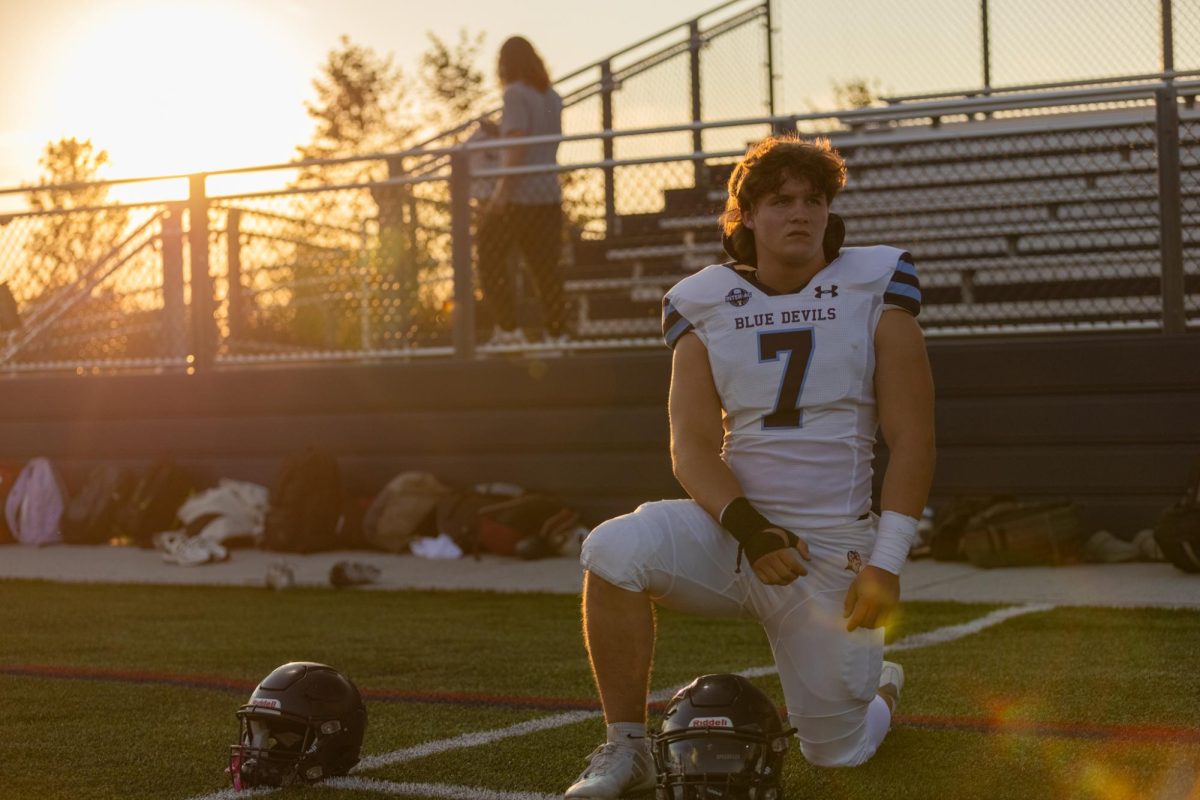
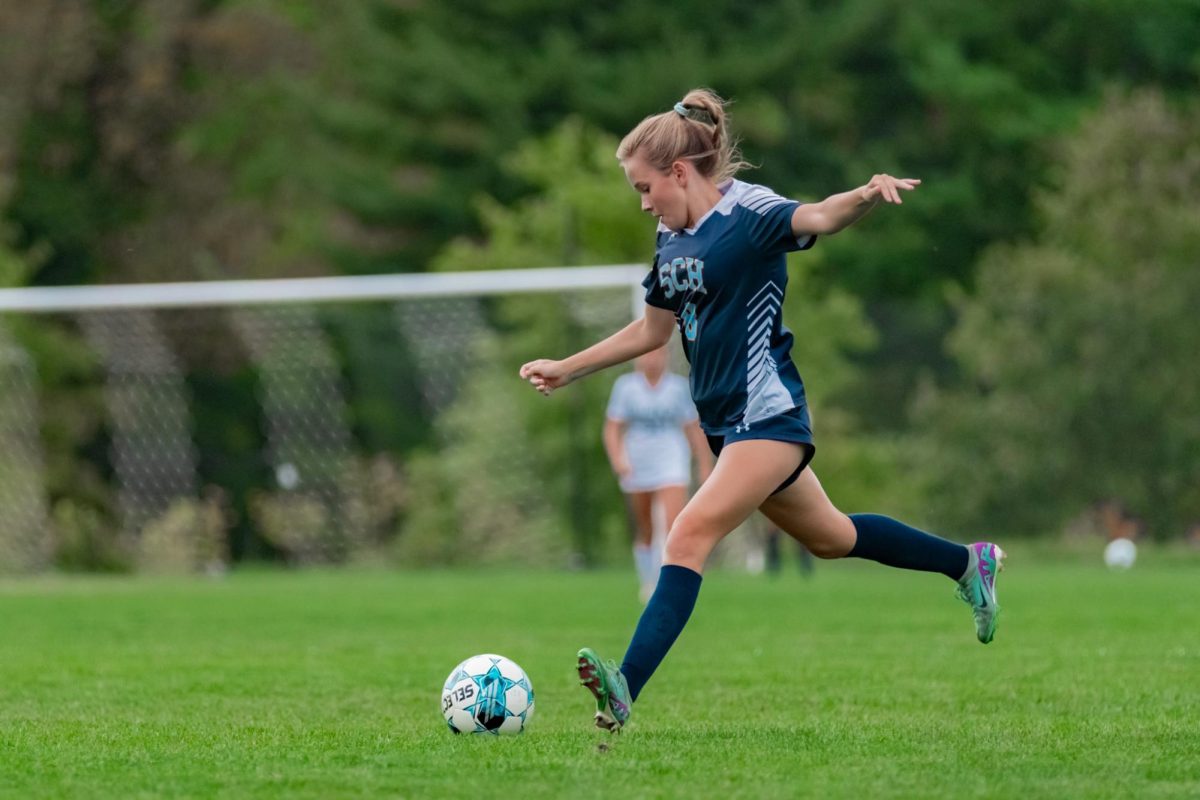
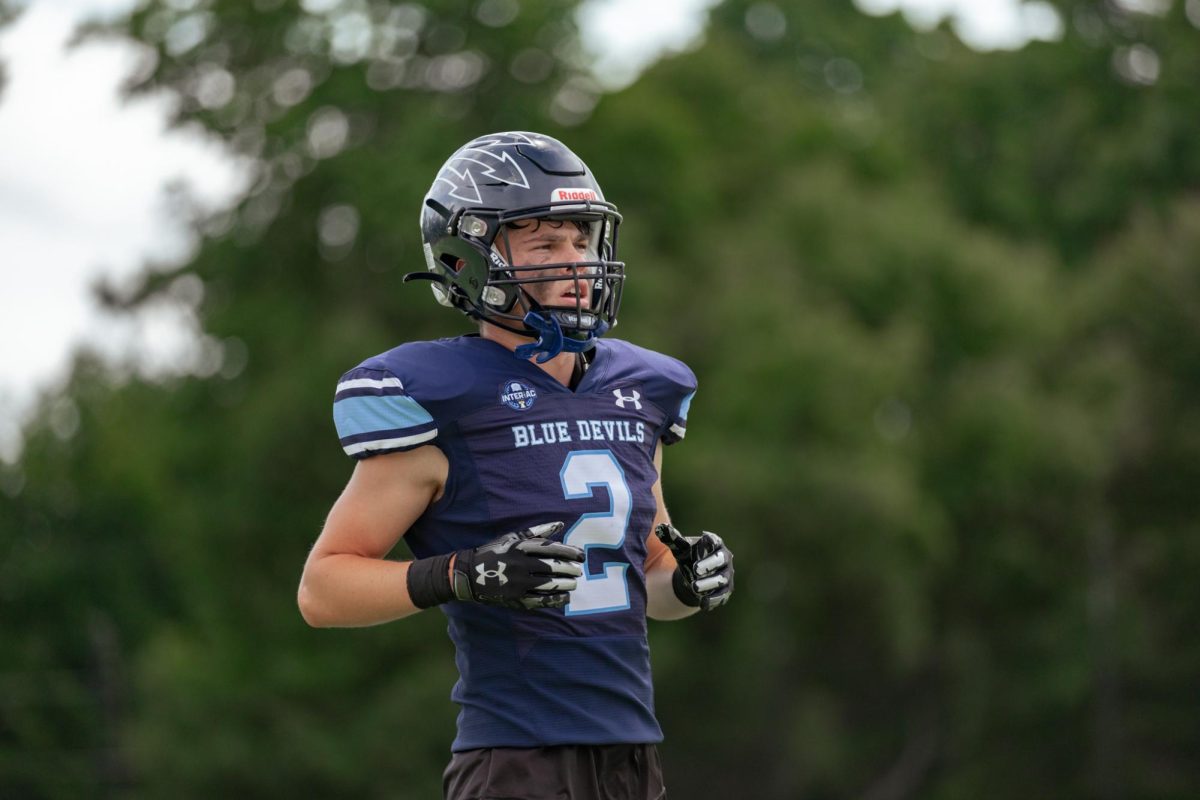
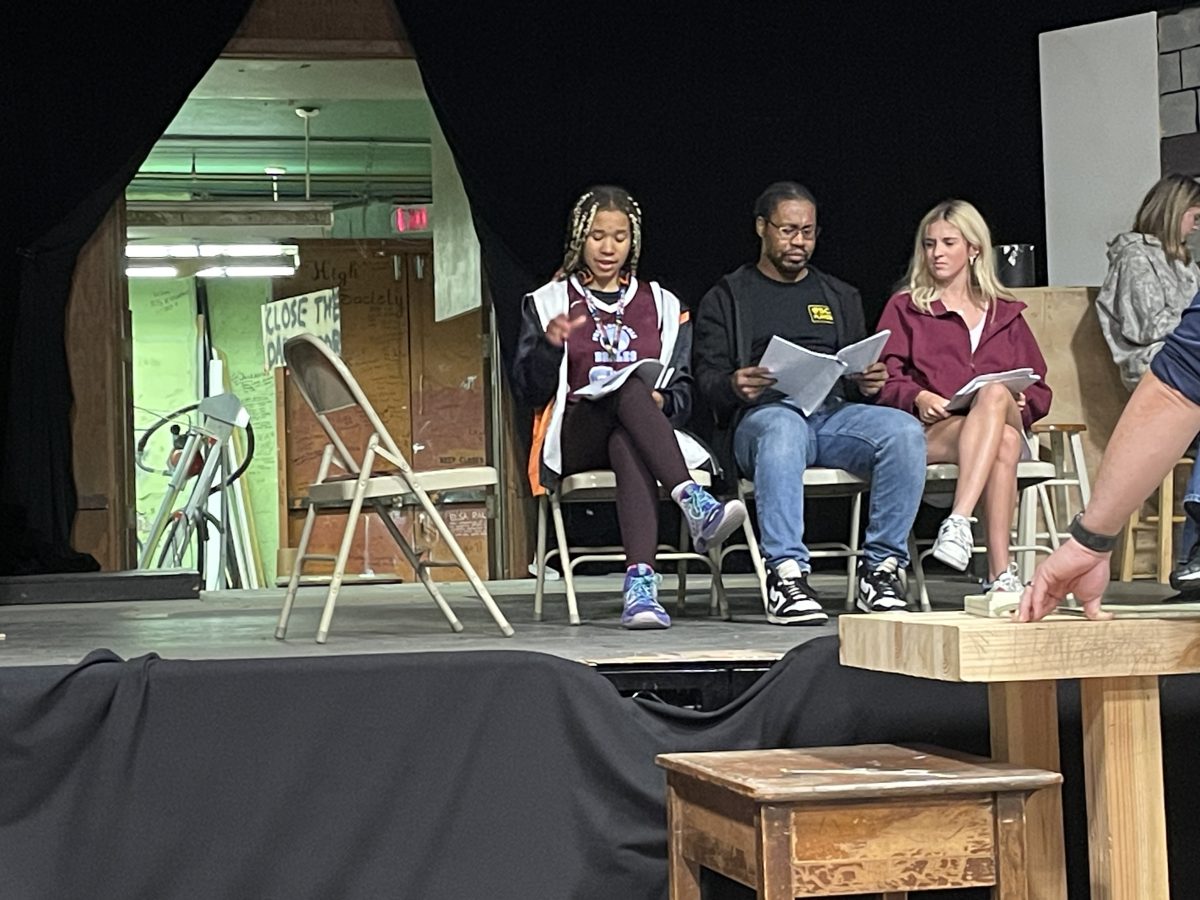
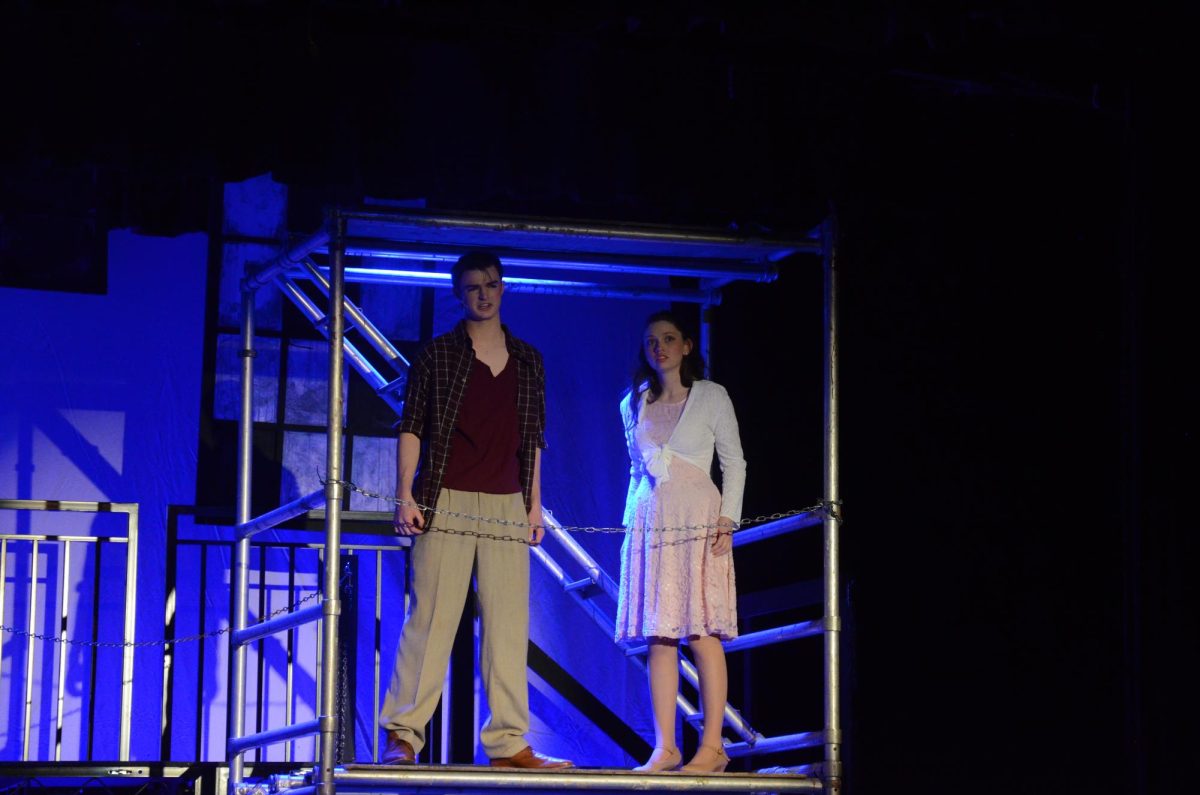
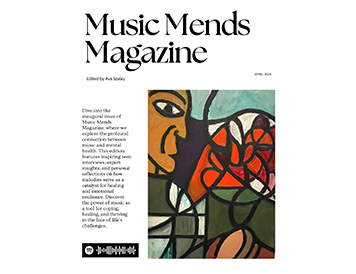
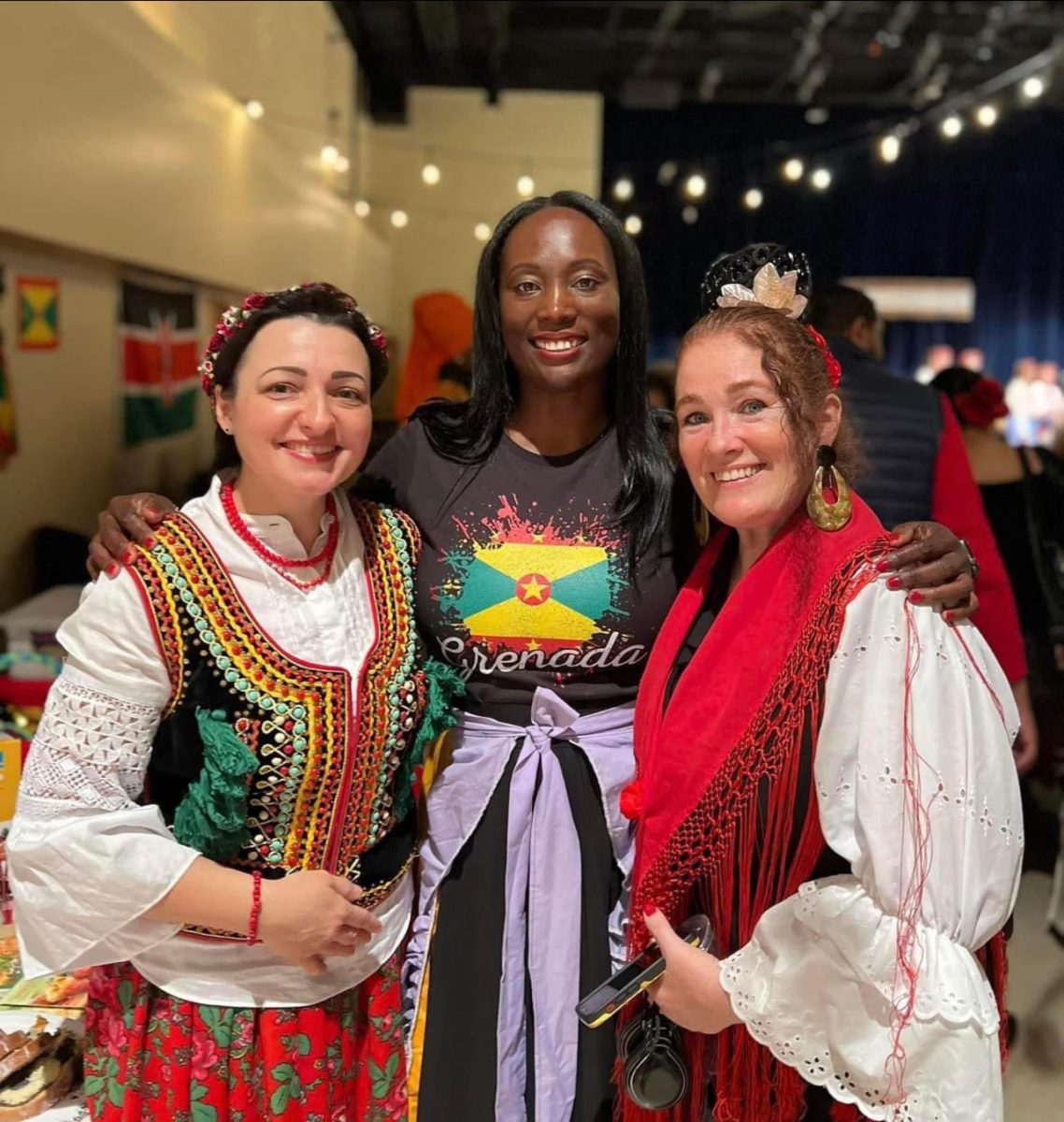
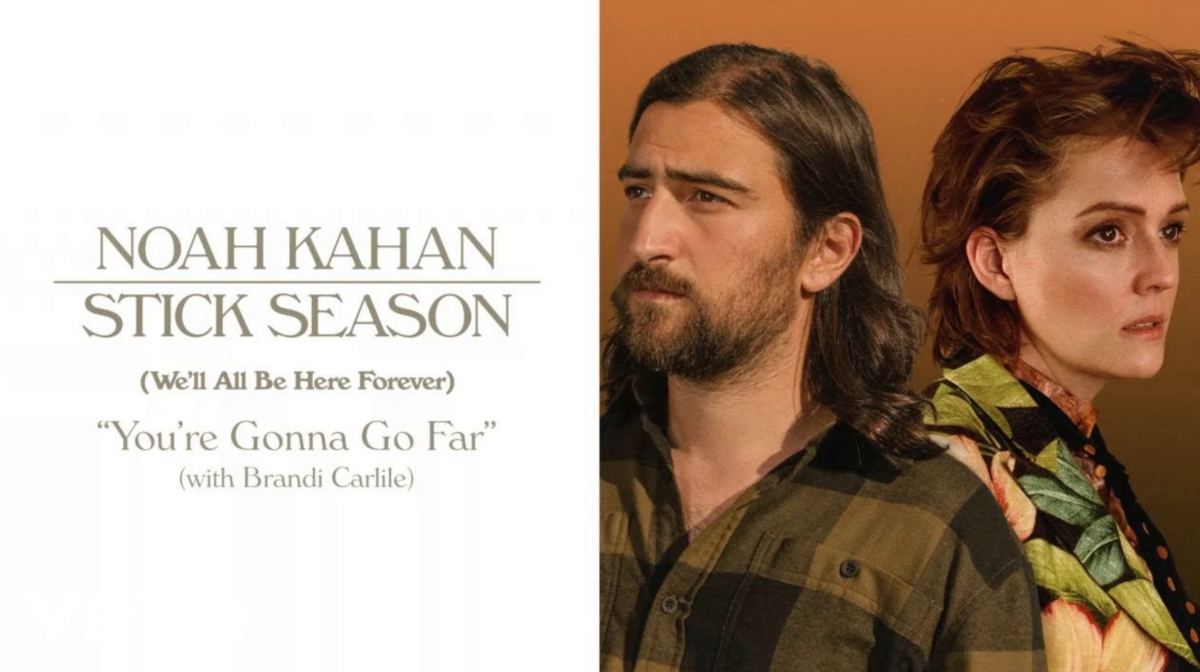
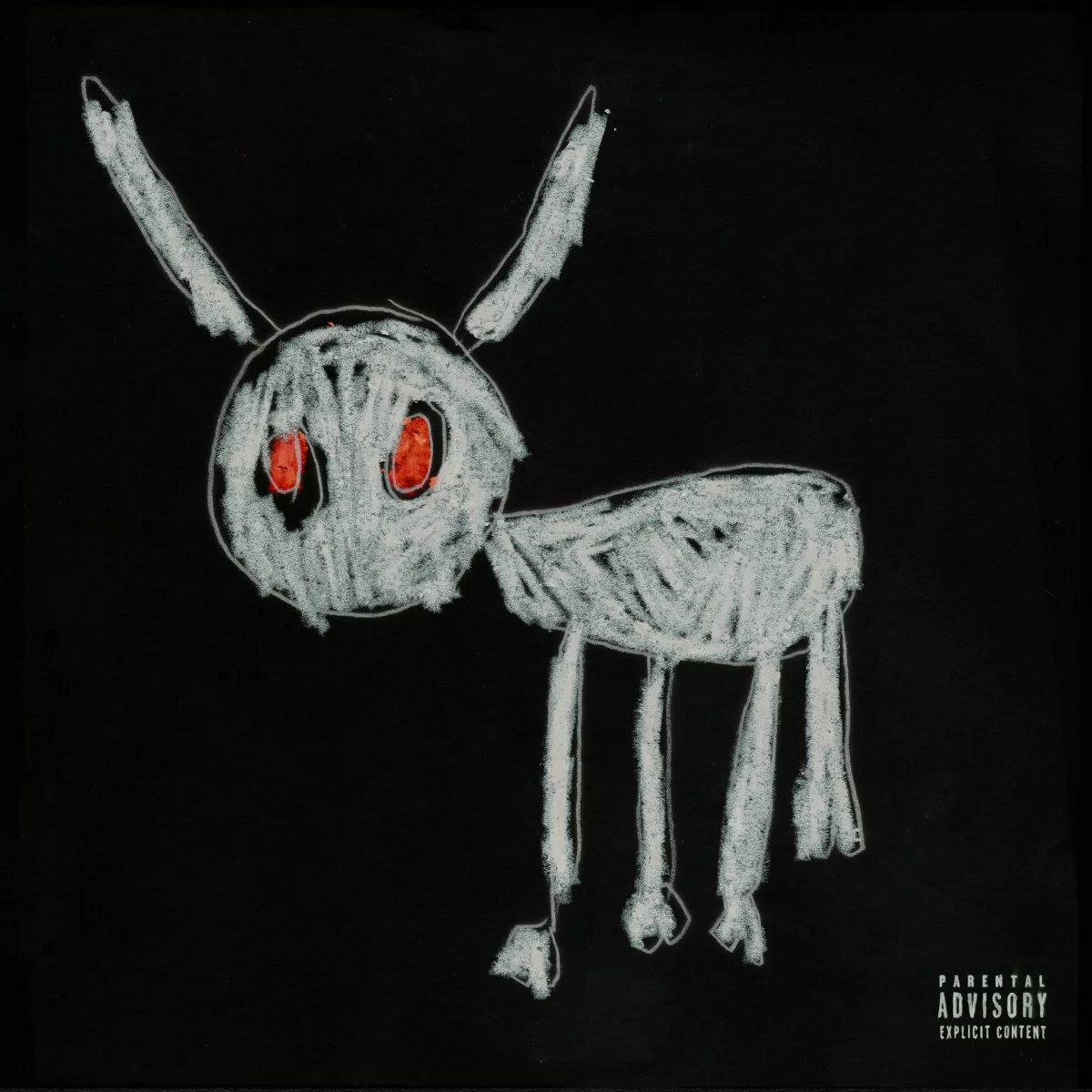
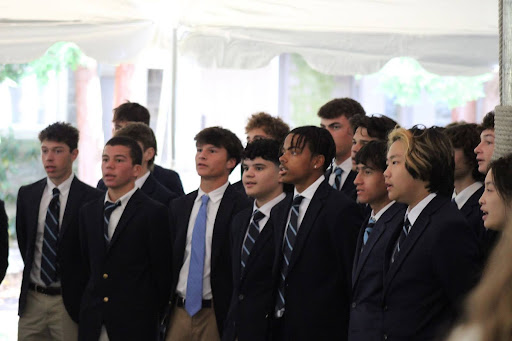




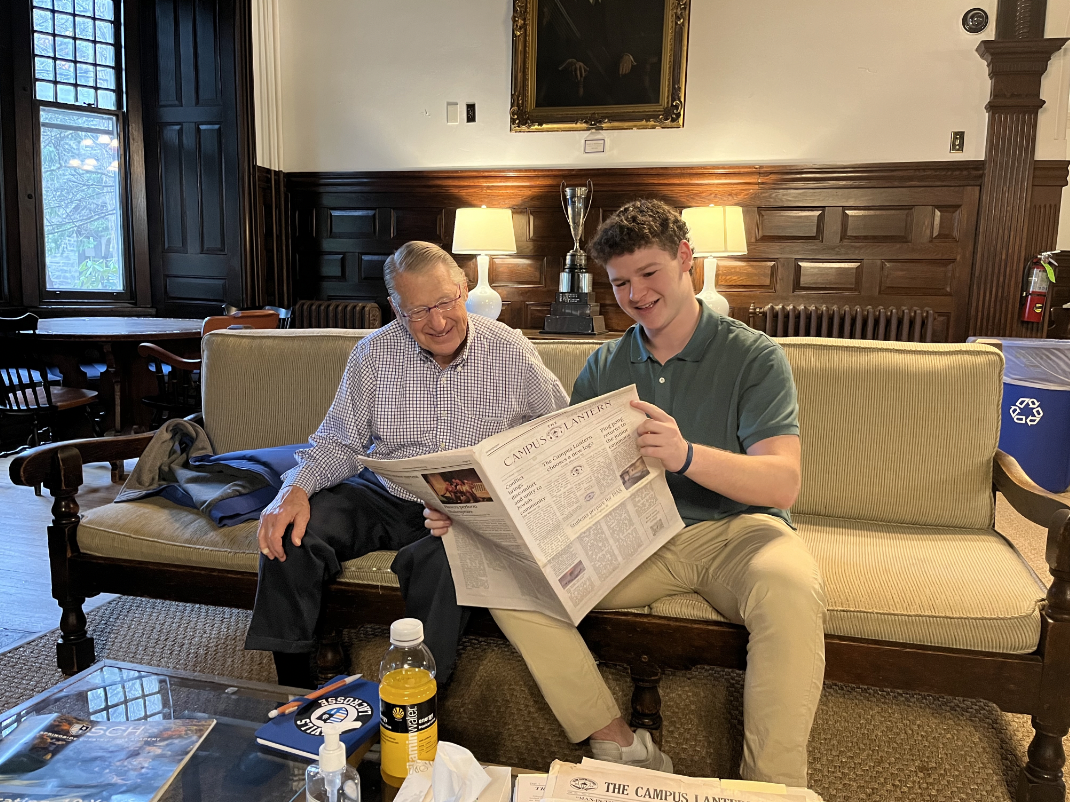

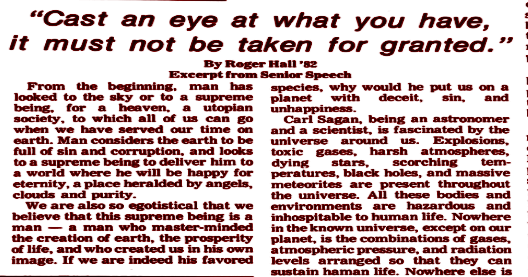
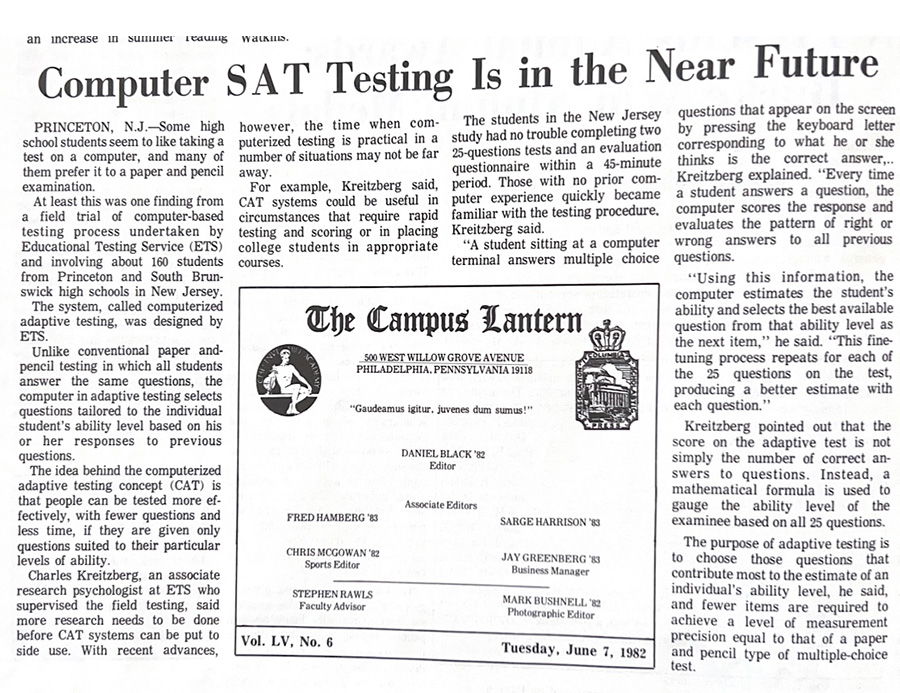



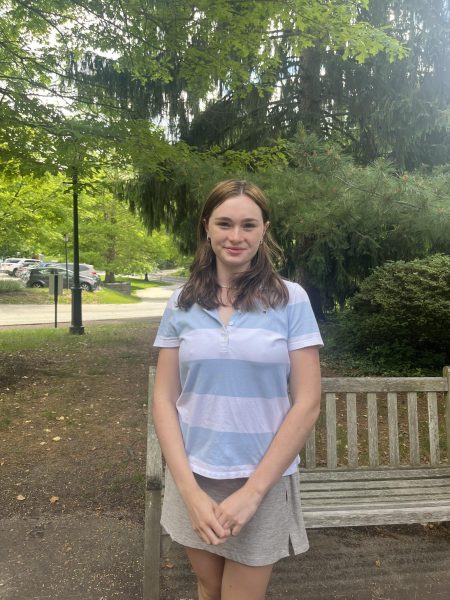
Amelia Baird | Oct 27, 2023 at 12:18 pm
thank you for the recs!!!